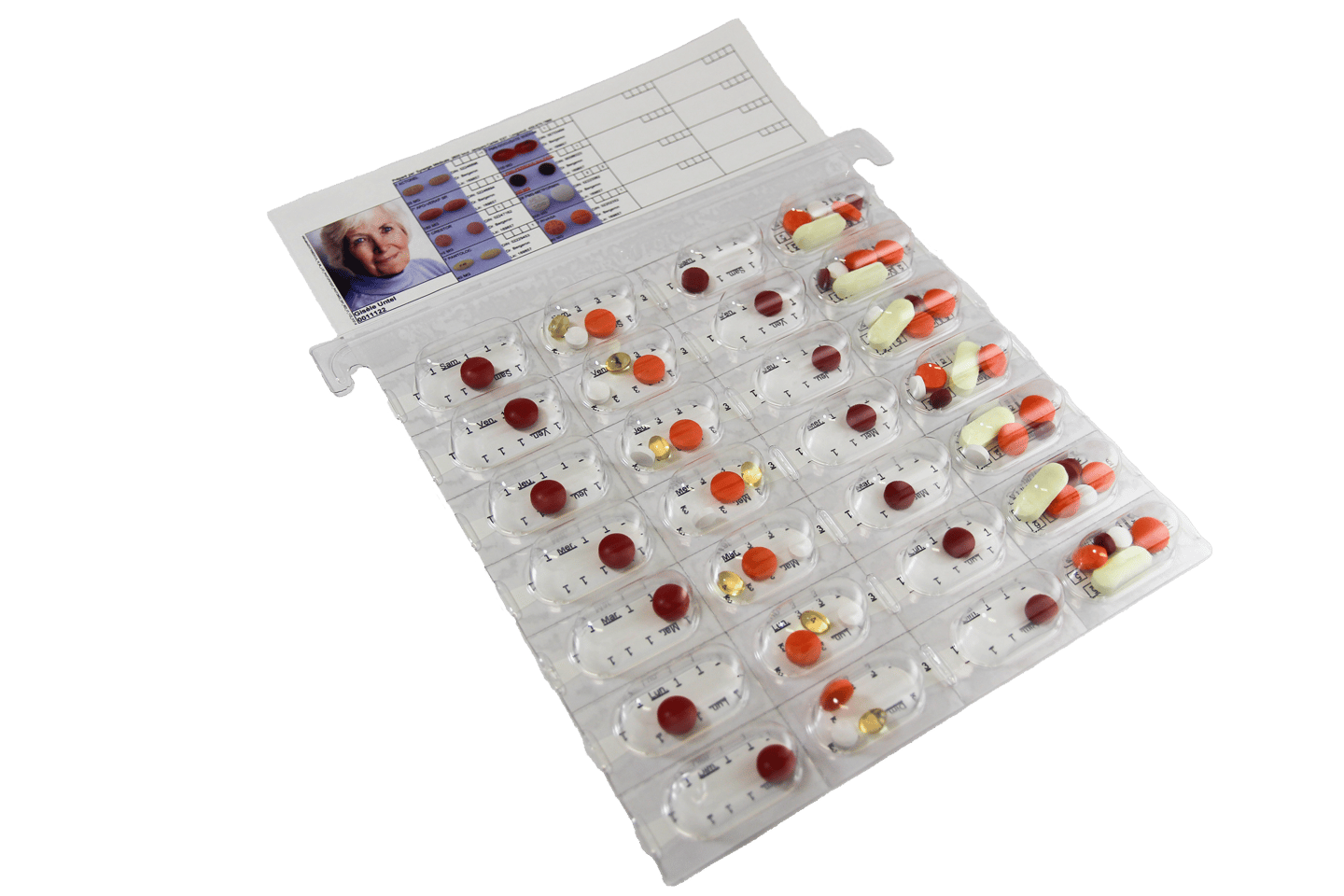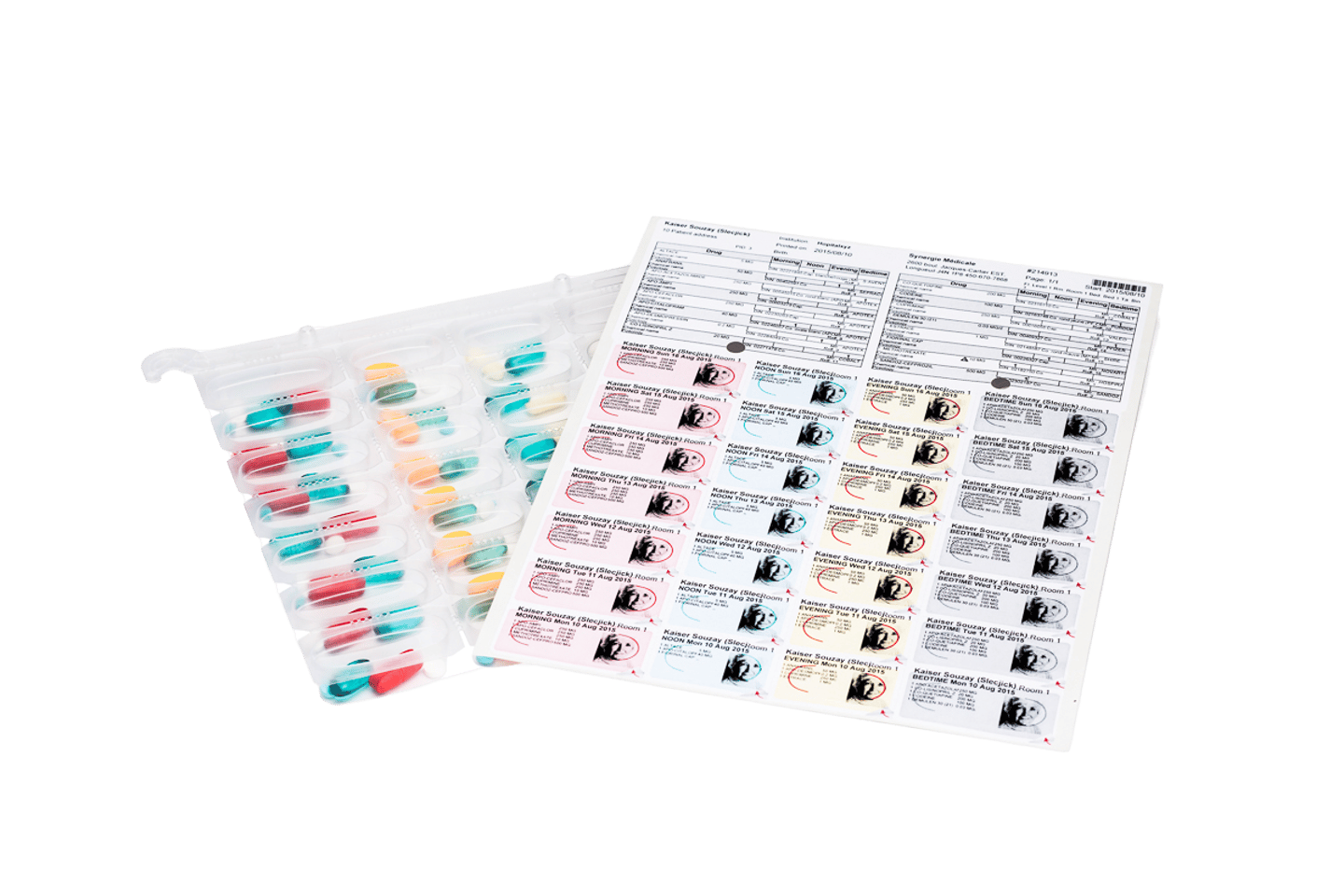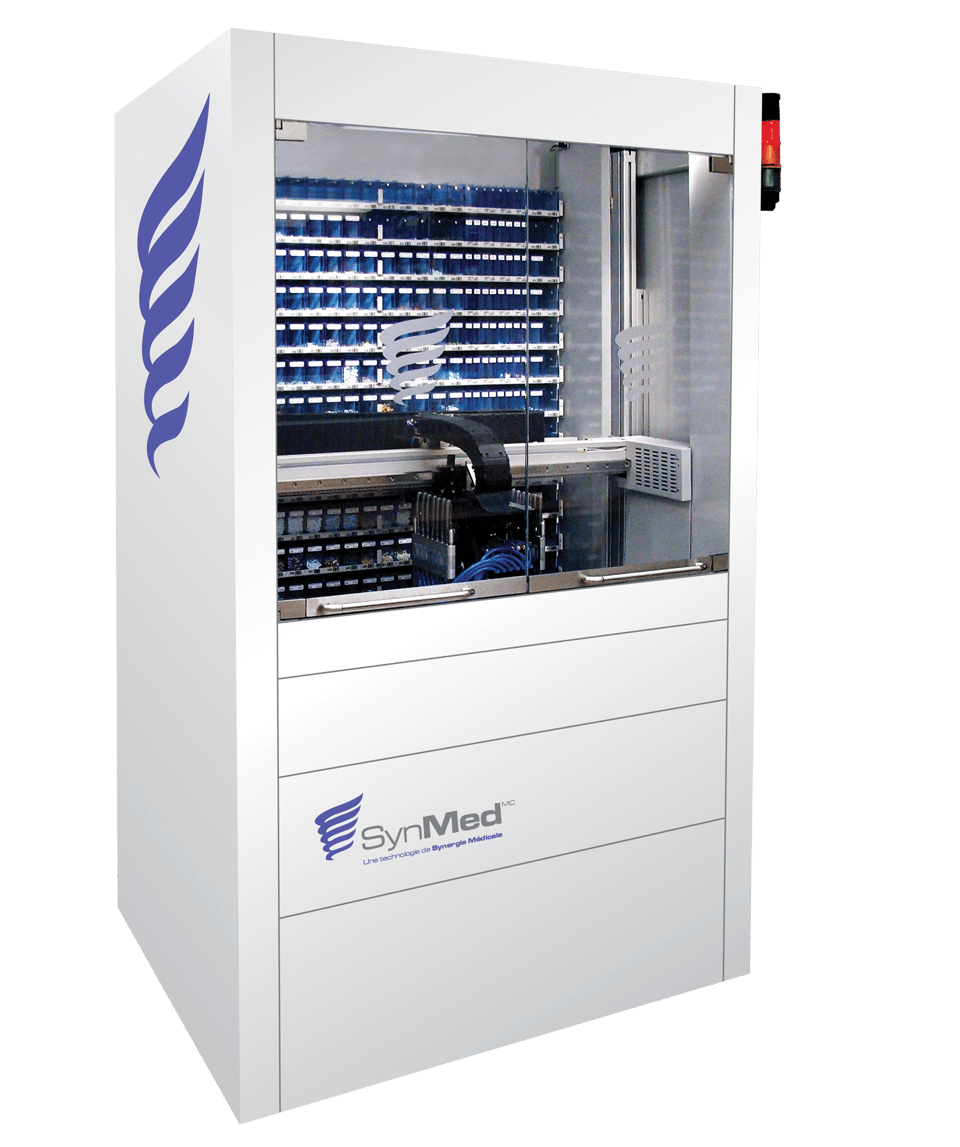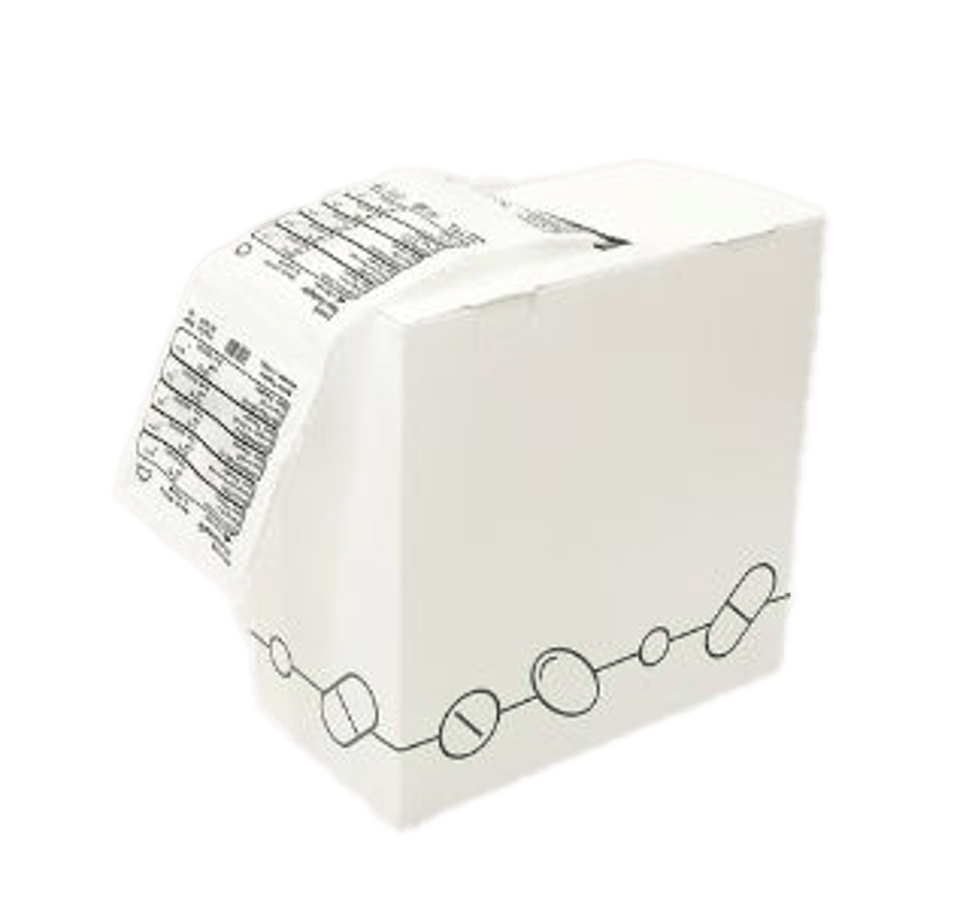Improve Medication Adherence Through Medication Packaging
Sponsored by: Synergy Medical
Non-adherence to treatment is a global problem that poses both clinical and economic issues. For patients, non-adherence can lead to worsening of the disease and the development of complications, which increases the risk of hospitalization and death. A U.S. study published in the Annals of Internal Medicine® estimates that lack of adherence to prescribed treatments is the cause of at least 10% of hospitalizations and 125,000 deaths per year.1 In addition to these effects on patient health, non-adherence costs health care systems millions (between $100 and $289 million annually for the U.S. health care system)1.
In Canada, 70% of patients do not take their medications as directed by their doctor.2 The COVID-19 pandemic has reduced access to health care professionals who ask their patients about the effectiveness of their therapy and adherence to treatment. The rate of non adherence generally increases with the number of medications prescribed.2 There are many reasons for this, including factors associated with the individual, such as vision difficulties, difficulty using hands to pick up objects, or memory problems.3
Pharmacists, who dispense medications to patients, play a key role in medication adherence. According to the Saskatchewan College of Pharmacy Professionals, it is important for pharmacists to discuss with patients their ability to adhere to the given treatment. If necessary, they should develop adherence aids.4
There are several adherence aids that pharmacies can offer:
BLISTER CARDS:
Blister cards can be single or multi-dose, weekly or monthly. Each cell of the card contains all the medications to be taken on a certain day at a specific time. This information allows patients to remain independent and better manage their medication intake by better tracking their consumption and doses.
Tracey, whose 88-year-old mother suffers from epilepsy and memory problems, talked about the usefulness of this system, saying that "the blister packs were the only way we could know if she had taken her medication at the right time."5 She also added that "handing out seven individual boxes with different instructions on each one was totally unworkable and – quite frankly - dangerous."5
In addition to numerous patient testimonials, studies have shown the benefits of blister card medication delivery. For example, a study conducted on patients aged 65 and over showed that the delivery of medication on blister cards led to a marked and lasting increase in adherence to treatment from 61% to 96%. The proportion of people qualified as compliant (taking more than 80% of their pills) was multiplied by 16.6
Although effective and appreciated by patients, this solution can be difficult to implement for pharmacies due to lack of personnel, cost or stress placed on pharmacy technicians. To help you offer this service to your patients, Synergy Medical has developed SynMed technologies: Canadian-based automation solutions for all volumes of blister card production, designed for rapid production to improve pharmacy profitability and patient safety.
The SynMed XF was developed over four years before being introduced to the market in 2008. It uses patented "pick and place" technology to fill blister cards accurately and efficiently. Its features include:
- 400 calibrated internal medication containers;
- One operator can produce over 1000 multi-dose cards in a 40-hour week;
- 99.98% system accuracy (compared to a 5-10% error rate for manual
- filling);
- Overall system footprint of approximately 140 sq. ft.
The SynMed ULTRA is a state-of-the-art, ultra-high capacity pharmacy automation solution. It also uses patented “pick and place” technology. Its features include:
- 508 calibrated internal containers & unlimited external containers;
- Two operators can produce up to 180 single-dose cards per hour or 90 multi-dose cards per hour (considering an average of 7 drugs per patient);
- No downtime for replenishment;
- Overall system footprint of approximately 270 sq. ft.
The SynMed Assist is used with all SynMed automation systems to secure the positioning of exceptional drugs by hand, prior to robot filling. This technology can also be used as a stand-alone solution to secure the production of small volumes of blister cards.
In addition to their own features, all SynMed systems:
- Interface with existing pharmacy management software;
- Fill both single and multi-dose blister cards;
- Are compatible with over 30 cards;
- Provide customized labels containing, on each cell, list of medications, patient information, date of administration, etc.
POUCHES
Pouches are another form of adherence packaging, where all medication can be grouped by day and dose time into a convenient tear-off strip of pouches. Though space for labelling is more constrained than on a blister pack, some patients/residences may prefer the look and feel of this less bulky packaging option. Either system facilitates proper medication management, and consequently better health outcomes.
Thanks to the newly released SynMed Hybrid, SynMed now has the ability to fill both blister packs and pouches using the same robot, software and medication canisters. Batch files are sent over for production in the usual SynMed workflow, and medication is dispensed into the SynMed Hybrid tray. This tray is placed atop the strip packaging unit, which will fill each dose time in a pouch, at a rate of 50+ per minute.
To learn more about SynMed technologies, click here.
References
- Meera Viswanathan, P. C.-S. (2012, Décembre 4). Interventions to Improve Adherence to Self-administered Medications for Chronic Diseases in the United States. Retrieved from acpjournals.org
- Scripts, E. (2020). Rapport sur les tendances en matière de médicaments d'ordonnance. Retrieved from expressscripts.ca
- Yonpang, I. E. (2021, Avril 6). Inobservance à la médication : causes, conséquences et pistes de solution. Retrieved from UniversiD
- Valerie Phillips, S. M. (2010, Novembre). Understanding prescriptions. Retrieved from Saskatchewan college of pharmacy professionals.
- Pym, H. (2022, Juin 21). Boots criticised over pill boxes for the elderly. Retrieved from BBC.
- Jeannie K. Lee, P., Karen A. Grace, P., & Allen J. Taylor, M. (2006, December 6). Effect of a Pharmacy Care Program on Medication Adherence and Persistence, Blood Pressure, and Low-Density Lipoprotein Cholesterol. doi:10.1001/jama.296.21.joc60162










